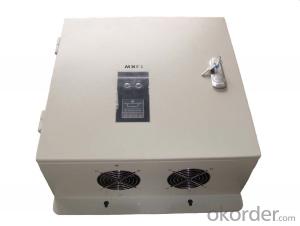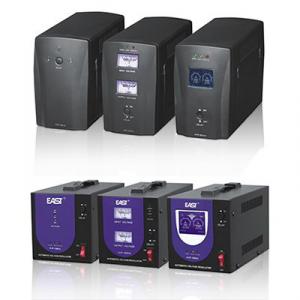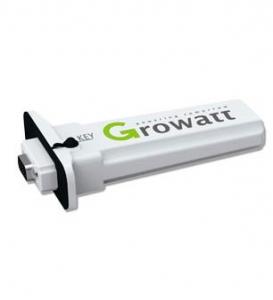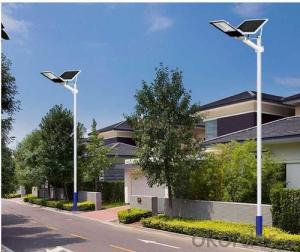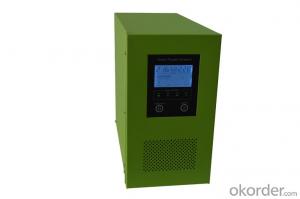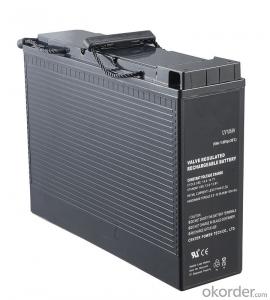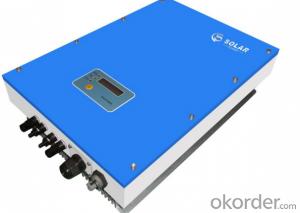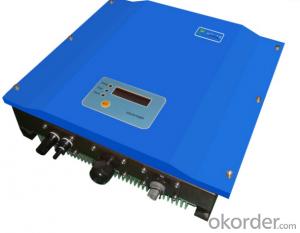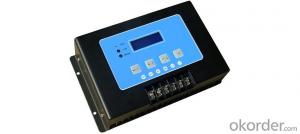Abb Solar Inverter Warranty
Abb Solar Inverter Warranty Related Searches
Abb Solar Inverter Abb Solar Power Inverter Solar Abb Inverter Abb Solar Inverter Price Abb Solar Panel Inverter Abb Hybrid Solar Inverter Abb Solar Pump Inverter Aurora Solar Inverter Warranty Abb Solar Water Pump Inverter Tesla Solar Inverter Warranty Abb Solar Inverter Manual Solar Edge Inverter Warranty Abb Solar Inverter 100kw Abb Solar Inverter Wifi Abb 10kw Solar Inverter Abb Solar Inverter Business Abb Solar Inverter App Abb Solar Inverter Fault Codes Abb Solar Inverter Price List Delta Solar Inverter Warranty Abb 3 Phase Solar Inverter Sma Solar Inverter Warranty Abb 50 Kw Solar Inverter Price Abb Solar Inverter Login Abb 5kw Solar Inverter Abb Solar Inverter 5kw Solar Pump Inverter Abb Fimer Abb Solar Inverter Abb Trio Solar Inverter Abb Uno Solar InverterAbb Solar Inverter Warranty Supplier & Manufacturer from China
Abb Solar Inverter Warranty is a comprehensive service plan designed to protect and maintain the performance of solar inverters produced by ABB, a leading global technology company. This warranty ensures that the inverters are covered for any potential defects or malfunctions, providing peace of mind to customers who have invested in ABB's solar energy solutions. The warranty covers a wide range of ABB solar inverters, including both residential and commercial models, ensuring that all types of solar energy systems are protected.The Abb Solar Inverter Warranty is applicable for various usage scenarios, such as residential rooftop installations, large-scale solar farms, and commercial buildings. The warranty is essential for ensuring the long-term reliability and efficiency of solar power systems, as it provides coverage for repair or replacement of the inverter in case of any issues. This warranty also helps to maintain the overall performance of the solar system, as regular maintenance and inspections are included in the service plan. By having an Abb Solar Inverter Warranty in place, customers can rest assured that their solar energy system will continue to operate at peak efficiency, maximizing their return on investment.
Okorder.com is a reputable wholesale supplier that offers a vast inventory of Abb Solar Inverter Warranty products. As a leading online platform for industrial and electrical components, Okorder.com is committed to providing high-quality products at competitive prices. With a large selection of Abb Solar Inverter Warranty options available, customers can easily find the right warranty plan to suit their specific needs. By partnering with Okorder.com, customers can benefit from their extensive experience in the solar energy industry and take advantage of their comprehensive inventory of ABB solar inverter warranties. This ensures that customers receive the best possible protection for their solar energy systems, ensuring long-lasting performance and reliability.
Hot Products
